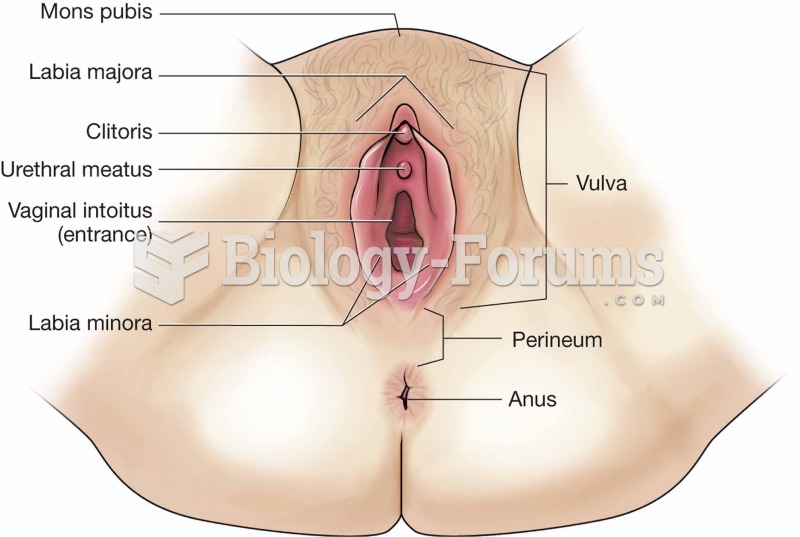|
|
|
More than 150,000 Americans killed by cardiovascular disease are younger than the age of 65 years.
Medication errors are more common among seriously ill patients than with those with minor conditions.
Once thought to have neurofibromatosis, Joseph Merrick (also known as "the elephant man") is now, in retrospect, thought by clinical experts to have had Proteus syndrome. This endocrine disease causes continued and abnormal growth of the bones, muscles, skin, and so on and can become completely debilitating with severe deformities occurring anywhere on the body.
Symptoms of kidney problems include a loss of appetite, back pain (which may be sudden and intense), chills, abdominal pain, fluid retention, nausea, the urge to urinate, vomiting, and fever.
Approximately 25% of all reported medication errors result from some kind of name confusion.







